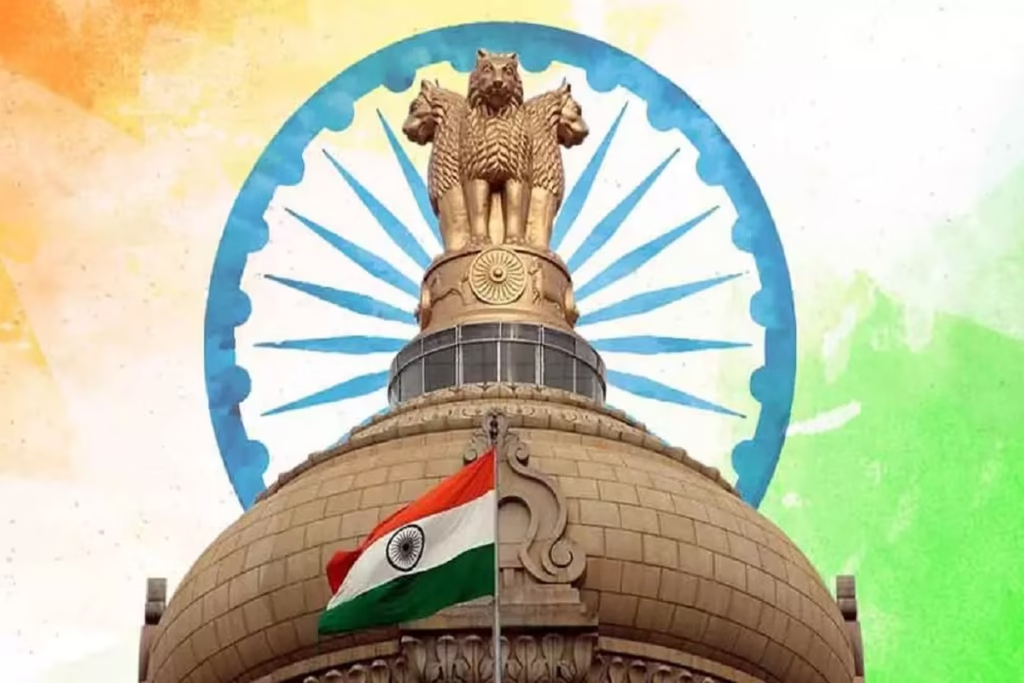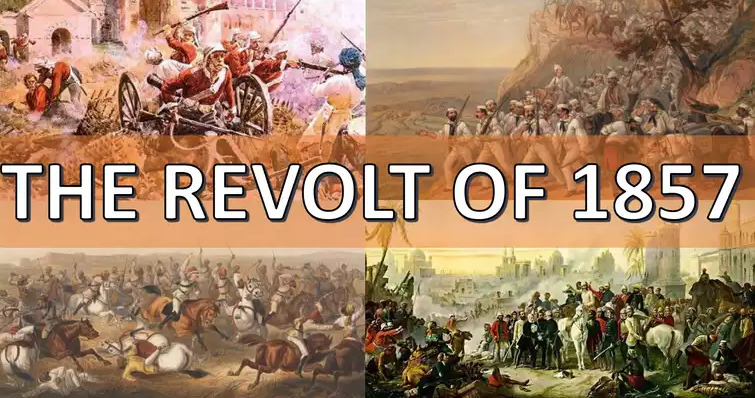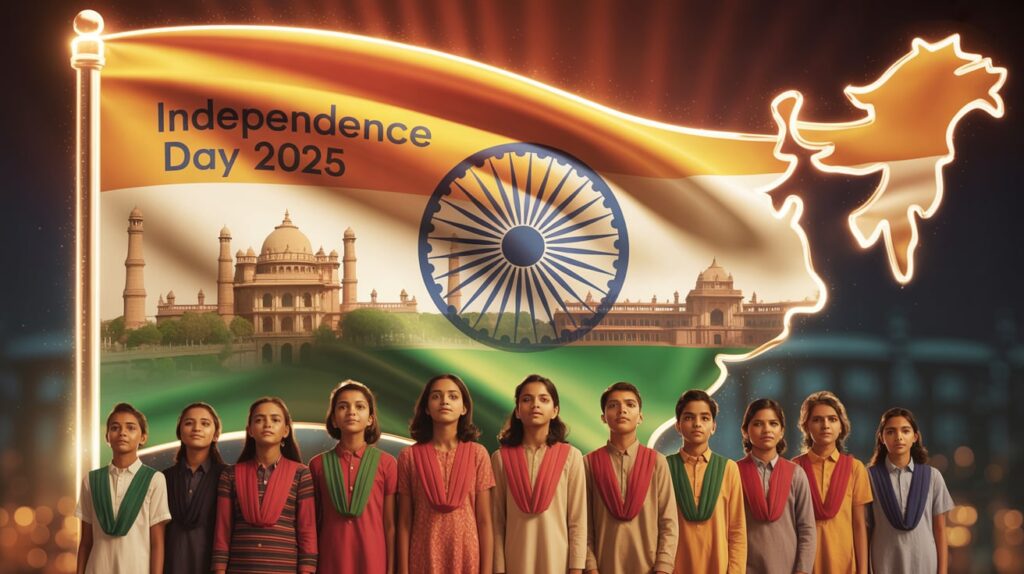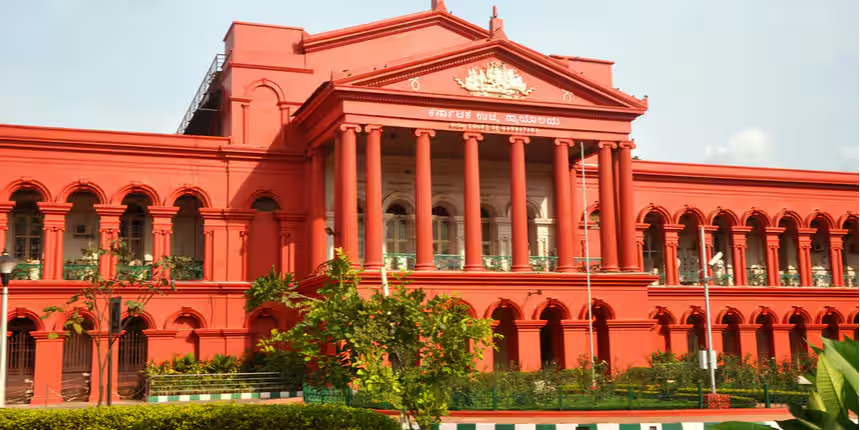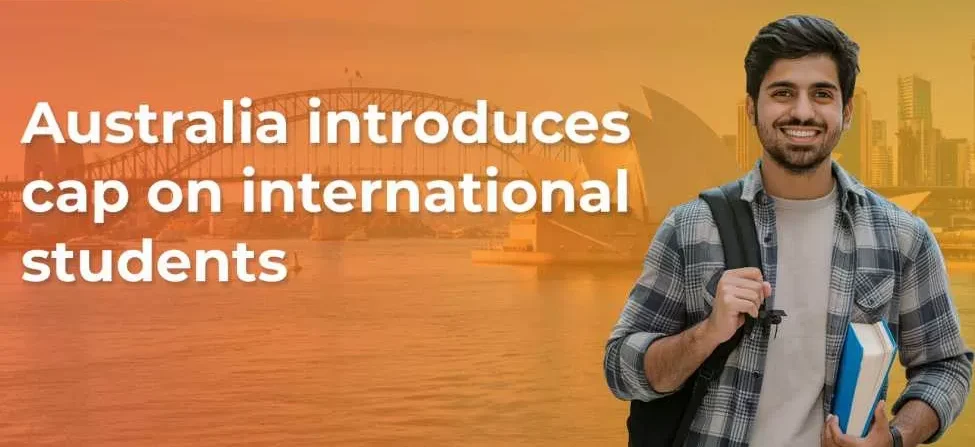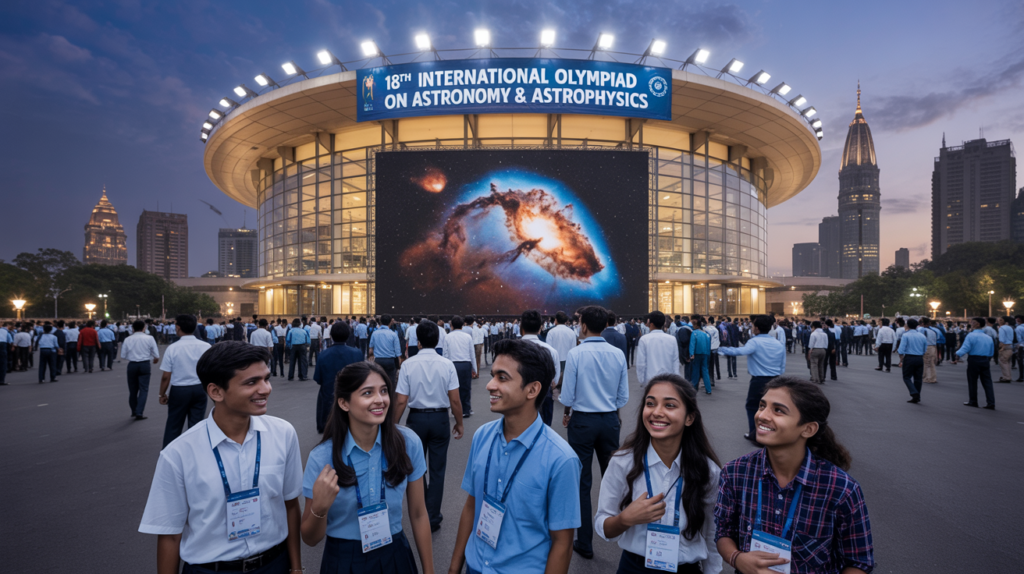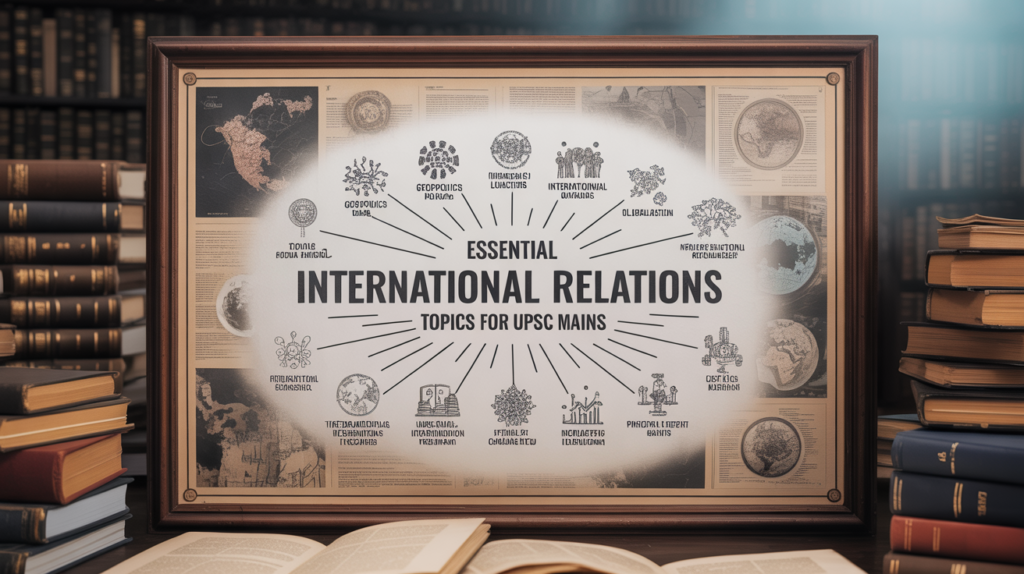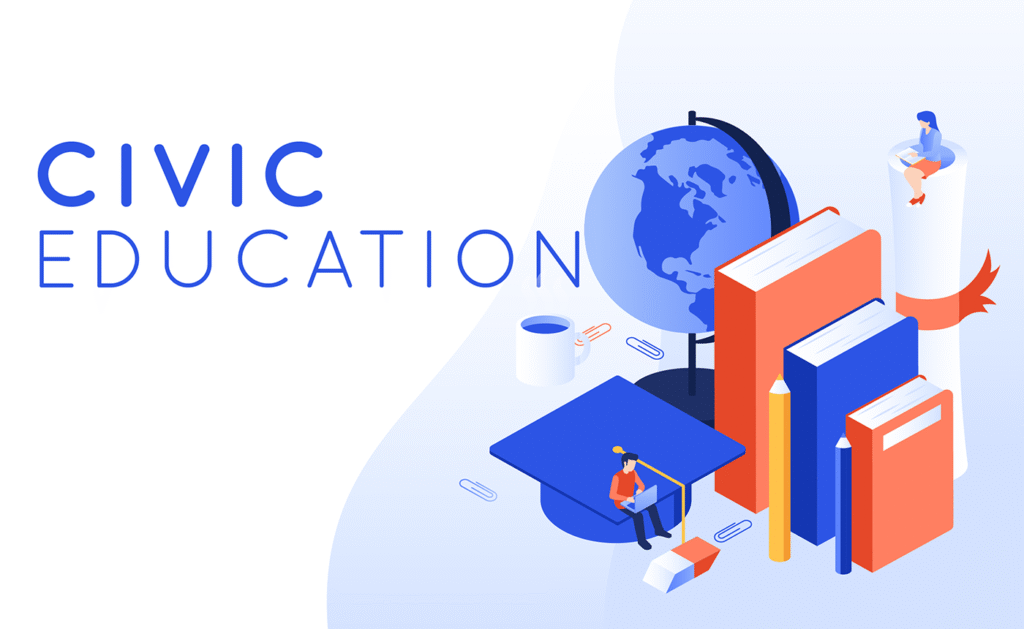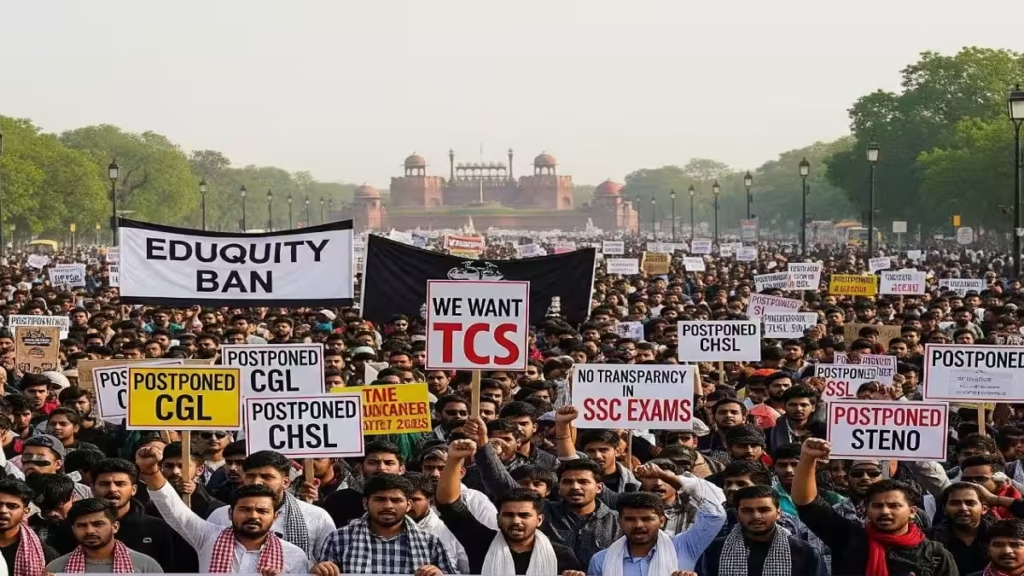📘 Indian Constitution and General Administration Multiple Choice Questions with Answers | Exam-Ready Guide
Indian Constitution and General Administration The Indian Constitution and General Administration multiple choice questions with answers form an essential part of competitive exams like UPSC, SSC, Railways, and Banking. Understanding the framework of the Constitution and how public administration functions is crucial for aspirants aiming for government jobs. This blog provides 30 well-explained Indian Constitution and General Administration multiple choice questions with answers. Each MCQ is designed to test conceptual clarity while helping students revise effectively. By practicing these MCQs, students will not only strengthen their theoretical foundation but also boost their confidence for real exam scenarios. 🏛️ 30 Indian Constitution and General Administration Multiple Choice Questions with Answers Q1. Who is regarded as the chief architect of the Indian Constitution? A) Jawaharlal NehruB) Dr. B. R. AmbedkarC) Sardar Vallabhbhai PatelD) Rajendra Prasad Answer: B) Dr. B. R. AmbedkarExplanation: Dr. B. R. Ambedkar was the Chairman of the Drafting Committee and played the most significant role in framing the Indian Constitution. Q2. The Indian Constitution came into force on: A) 26 January 1947B) 26 January 1950C) 15 August 1947D) 15 January 1948 Answer: B) 26 January 1950Explanation: Though adopted on 26 November 1949, the Constitution was enforced on 26 January 1950 to honor the 1930 Purna Swaraj Declaration. Q3. Which part of the Constitution deals with Fundamental Rights? A) Part IIB) Part IIIC) Part IVD) Part V Answer: B) Part IIIExplanation: Part III (Articles 12–35) provides Fundamental Rights, which guarantee civil liberties to all citizens. Q4. Who appoints the Chief Election Commissioner of India? A) Prime MinisterB) President of IndiaC) Lok Sabha SpeakerD) Chief Justice of India Answer: B) President of IndiaExplanation: The President appoints the Chief Election Commissioner to ensure independent functioning of the Election Commission. Q5. Which Article of the Indian Constitution abolishes untouchability? A) Article 14B) Article 15C) Article 17D) Article 19 Answer: C) Article 17Explanation: Article 17 declares the abolition of untouchability and forbids its practice in any form. Q6. The concept of Directive Principles of State Policy was borrowed from: A) USAB) IrelandC) UKD) France Answer: B) IrelandExplanation: The Directive Principles were inspired by the Irish Constitution and aim to establish social and economic democracy. Q7. Who is the Supreme Commander of the Armed Forces in India? A) Prime MinisterB) PresidentC) Defence MinisterD) Army Chief Answer: B) PresidentExplanation: The President is the Supreme Commander of the Indian Armed Forces under Article 53. Q8. The Right to Education was made a Fundamental Right under which Article? A) Article 14B) Article 19C) Article 21-AD) Article 32 Answer: C) Article 21-AExplanation: Inserted by the 86th Constitutional Amendment (2002), Article 21-A ensures free and compulsory education for children aged 6–14 years. Q9. The Indian Constitution is the: A) Shortest in the worldB) Longest written Constitution in the worldC) Oldest in the worldD) Latest Constitution in Asia Answer: B) Longest written Constitution in the worldExplanation: With 448 Articles in 25 Parts and 12 Schedules, it is the lengthiest written Constitution globally. Q10. Who administers the oath of office to the President of India? A) Prime MinisterB) Vice PresidentC) Chief Justice of IndiaD) Speaker of Lok Sabha Answer: C) Chief Justice of IndiaExplanation: The Chief Justice of India administers the oath to the President under Article 60. Q11. Which Article of the Indian Constitution deals with the impeachment of the President? A) Article 61B) Article 72C) Article 74D) Article 76 Answer: A) Article 61Explanation: Article 61 provides the procedure for the impeachment of the President for violation of the Constitution. Q12. The term ‘Cabinet’ is mentioned in which Article? A) Article 74B) Article 75C) Article 352D) Article 368 Answer: A) Article 74Explanation: Article 74 mentions that the President shall act on the aid and advice of the Council of Ministers, including the Cabinet. Q13. Which body resolves disputes between states in India? A) High CourtB) ParliamentC) Supreme CourtD) President Answer: C) Supreme CourtExplanation: Article 131 vests the Supreme Court with original jurisdiction in disputes between states or between the Centre and states. Q14. The Finance Commission is appointed every: A) 2 yearsB) 3 yearsC) 5 yearsD) 10 years Answer: C) 5 yearsExplanation: Under Article 280, the Finance Commission is constituted every 5 years to recommend distribution of revenues. Q15. Which schedule of the Indian Constitution deals with the division of powers between Union and States? A) Sixth ScheduleB) Seventh ScheduleC) Eighth ScheduleD) Ninth Schedule Answer: B) Seventh ScheduleExplanation: The Seventh Schedule contains the Union List, State List, and Concurrent List defining the distribution of powers. Q16. Who presides over the Rajya Sabha in the absence of the Vice President? A) PresidentB) Prime MinisterC) Deputy ChairmanD) Speaker of Lok Sabha Answer: C) Deputy ChairmanExplanation: The Deputy Chairman, elected by Rajya Sabha members, presides in the absence of the Vice President. Q17. Which Article empowers the President to promulgate ordinances? A) Article 110B) Article 123C) Article 124D) Article 148 Answer: B) Article 123Explanation: Article 123 empowers the President to issue ordinances when Parliament is not in session. Q18. The concept of Judicial Review in India is borrowed from: A) UKB) USAC) CanadaD) Australia Answer: B) USAExplanation: Judicial Review, allowing courts to strike down unconstitutional laws, is inspired by the US Constitution. Q19. Which Article provides for the suspension of Fundamental Rights during Emergency? A) Article 14B) Article 19C) Article 21D) Article 352 Answer: D) Article 352Explanation: During a National Emergency under Article 352, certain Fundamental Rights (except Articles 20 and 21) can be suspended. Q20. The system of Panchayati Raj was introduced through which amendment? A) 42nd AmendmentB) 44th AmendmentC) 73rd AmendmentD) 86th Amendment Answer: C) 73rd AmendmentExplanation: The 73rd Constitutional Amendment Act, 1992, gave constitutional status to Panchayati Raj Institutions. Q21. Who is called the ‘Guardian of the Constitution of India’? A) PresidentB) ParliamentC) Supreme CourtD) Prime Minister Answer: C) Supreme CourtExplanation: The Supreme Court ensures the Constitution’s supremacy through judicial review. Q22. Which Article deals with the protection of life and personal liberty? A) Article 14B) Article 19C) Article 21D) Article 25 Answer: C) Article 21Explanation: Article 21 guarantees that
